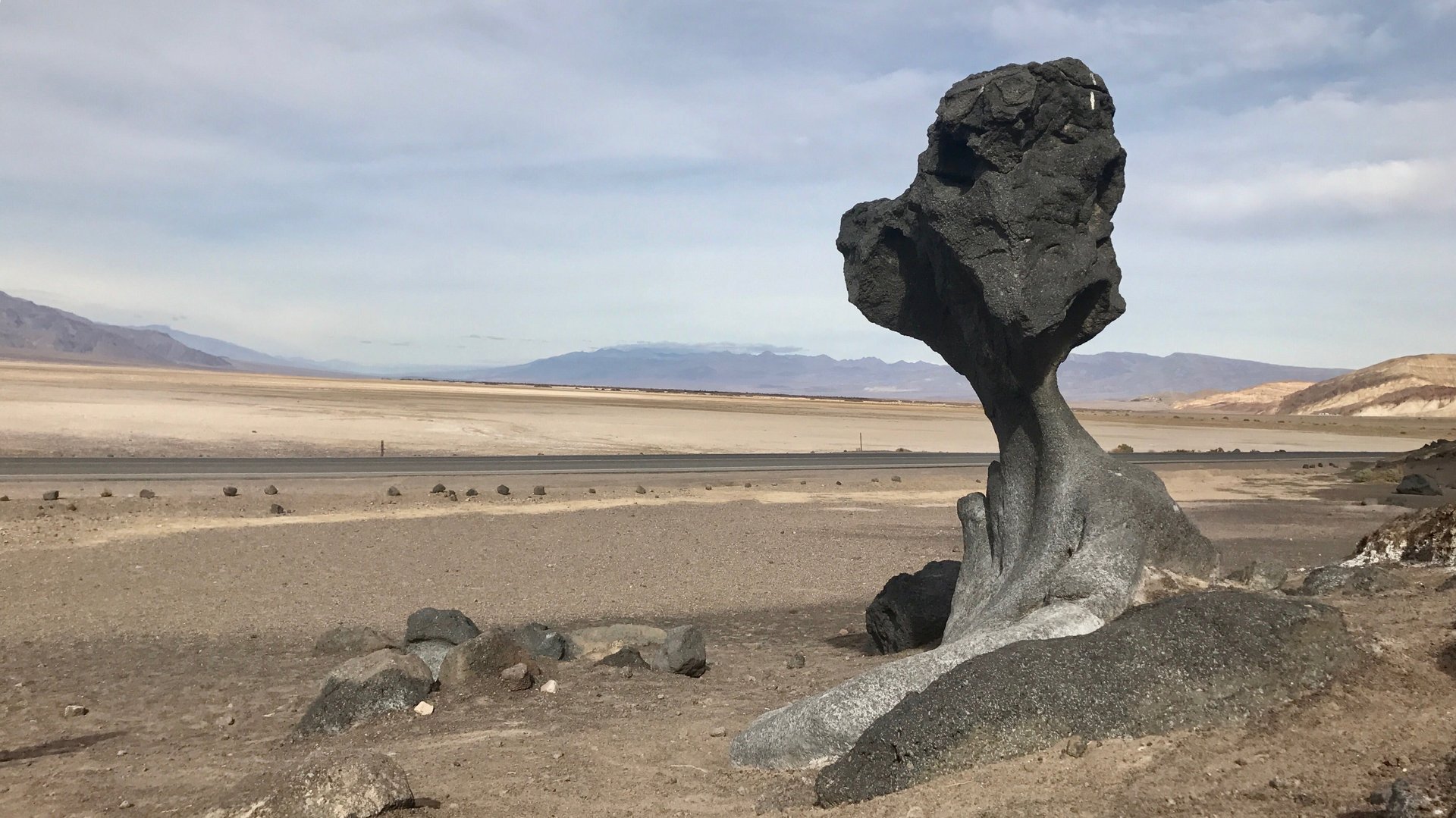Waymo took a self-driving car to the hottest place on Earth to make sure it could withstand the heat
Self-driving cars are preparing for all sorts of encounters: bridges, snow, the “Pittsburgh left,” kangaroos.


Self-driving cars are preparing for all sorts of encounters: bridges, snow, the “Pittsburgh left,” kangaroos.
The latest thing on the testing list for driverless-car maker Waymo, a subsidiary of Google parent Alphabet, is extreme heat. Waymo recently took its self-driving Chrysler Pacifica minivans to Death Valley, California—which holds the record as the hottest place on Earth—to make sure they could withstand the heat.
Extreme-heat testing is standard in the auto industry. But for self-driving cars, which are outfitted with technology that generates additional heat, it’s even more important. “If you’ve used your cell phone in the bright sun on a hot day you may have experienced it shutting down,” Simon Ellgas, a senior thermal engineer for Waymo, explained in a recent blog post by the company. “Our self-driving system needs to be much more reliable than your typical home electronics.”
Waymo says it’s been heat testing the Chrysler Pacificas for the better part of a year, using a “drive cell” that can mimic many different weather conditions. Before heading to Death Valley the company took its cars on a three-day trip from Davis Dam on the Arizona-Nevada border to Las Vegas. The trip offered “long stretches of steep desert road for us to drive under the hot sun,” Ellgas wrote in the blog post. Las Vegas presented “countless busy lanes of endless traffic to choose from, all under intense heat.”
Automakers routinely test their vehicles in all sorts of crazy weather, to make sure they can withstand everything from triple-digit (Fahrenheit) temperatures to roads coated with snow and ice. Last year, Ford ran its driverless cars through a season’s worth of Michigan snow to test a new system using lidar sensors to identify snowflakes and raindrops as they fell. Lidar, as in “light radar,” is a crucial component of self-driving car technology that lets the vehicles “see.”
Meanwhile, Waymo is still battling Uber in court over its alleged theft of trade secrets. Waymo said in a court filing earlier this week that it had “direct evidence” of Uber misappropriating those trade secrets. The company is preparing for trial in October, where it will need to withstand a very different kind of heat.